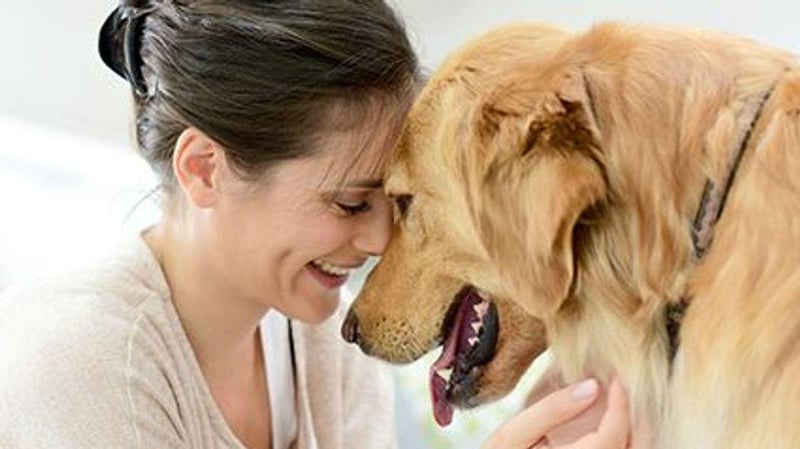Due to a recent change of our website, the process for submitting refill requests online has now changed.
Please click on “Sign Up Today!†to create a new account, and be sure to download our NEW Mobile app!
Thank you for your patience during this transition
Manténgase sano!

- Cara Murez
- Posted January 6, 2022
Parlez-vous 'Woof'? Dogs May Distinguish Between Different Human Languages
Dogs don't speak a human language, but they do know when you switch from one tongue to another, an intriguing new study finds.
"We know that people, even preverbal human infants, notice the difference," said study co-author Laura Cuaya of Eötvös Loránd University in Budapest, Hungary.
But, she wondered after taking her dog Kun-Kun from Mexico to Hungary for her postdoctoral studies, do dogs? Do they even bother? After all, she said, folks don't draw their dog's attention to how a specific language sounds. Would Kun-Kun recognize that people in Budapest spoke Hungarian, not Spanish?
She and her colleagues decided to use brain imaging to check it out. And the images that resulted were ground-breaking.
They revealed that dogs' brains show different patterns of activity for an unfamiliar language than for a familiar one -- the first demonstration, researchers said, that a non-human brain can differentiate between two languages.
It all took some creative animal training.
First, researchers taught Kun-Kun and 17 other dogs to lay motionless in a brain scanner. Then they played excerpts of the book "The Little Prince" in both Spanish and Hungarian.
Up to that point, all of the dogs had heard their owners speak only one of the two languages. This was a chance to see if their brains reacted differently to a language they were very familiar with and one that was unfamiliar.
Researchers also played scrambled versions of the stories, to test whether the dogs could tell the difference between speech and non-speech.
No matter what language the dogs heard, a brain area known as the primary auditory cortex showed distinct activity patterns. There was, however, no evidence that the dogs' brains had a preference for speech over jibberish.
"Dog brains, like human brains, can distinguish between speech and non-speech," said study co-author Raúl Hernández-Pérez, who is also a postdoctoral fellow at the university. "But the mechanism underlying this speech detection ability may be different from speech sensitivity in humans: whereas human brains are specially tuned to speech, dog brains may simply detect the naturalness of the sound."
The dog brains did distinguish between Spanish and Hungarian, as shown by activity in a brain region called the secondary auditory cortex.
Age also mattered, the scans showed.
The older the dog, the better its brain distinguished between the familiar and the unfamiliar language.
"Each language is characterized by a variety of auditory regularities. Our findings suggest that during their lives with humans, dogs pick up on the auditory regularities of the language they are exposed to," Hernández-Pérez said in a university news release.
Senior srtudy author Attila Andics, another research fellow at the university, said the study revealed that the capacity to learn about the regularities of a language is not uniquely human.
Still, researchers don't know whether this ability applies only to dogs or includes other non-human species, he said.
"Indeed, it is possible that the brain changes from the tens of [thousands of] years that dogs have been living with humans have made them better language listeners, but this is not necessarily the case," Andics said. "Future studies will have to find this out."
The findings were published Jan. 6 in the journal NeuroImage.
More information
The American Kennel Club has more on dog language.
SOURCE: Eötvös Loránd University, news release, Jan. 6, 2022
